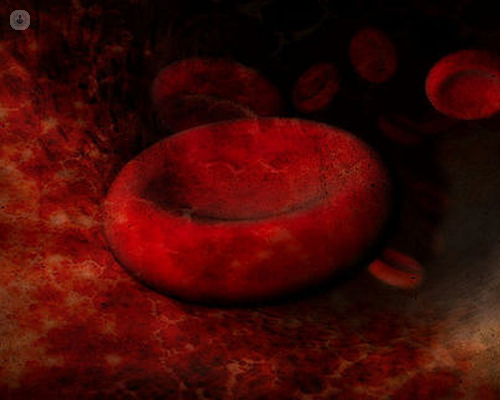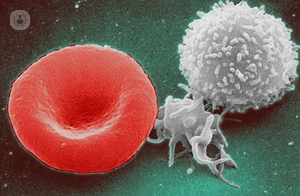5 blood disorders you need to know about
Written by:It is constantly pulsing around our bodies every second of our lives. It feeds our cells and organs with the oxygen they need to survive. Many ancient societies regarded it as sacred, as power, as life itself. From vampire flicks to religion to everyday phrases, blood is still closely associated with life. The worrying thing is that, when it comes to health, even our blood can fall victim to diseases and disorders, some of which can indeed threaten our lives. Here are five blood disorders you need to know about:

Anaemia
Thought to be the most common blood disorder, anaemia involves a problem with your red blood cells – the cells that carry oxygen around the body. There are different types of anaemia, but all them result in oxygen deficiency caused by a low red blood cell count, or by a defect in these cells. This lack of oxygen causes symptoms like weakness, fatigue, dizziness, headaches, shortness of breath and an irregular heartbeat, among others.
Different types of anaemia include iron deficiency anaemia, vitamin deficiency anaemia, thalassaemia, aplastic anaemia and sickle cell anaemia.
Haemophilia

A well-known bleeding disorder, haemophilia is actually relatively rare. It predominantly affects men, due to its cause – a recessive genetic defect on the X chromosome (of which men only have 1). Symptoms include excessive bleeding when cut or injured, bruising easily, unexplained nosebleeds, and bleeding gums.
There are many misconceptions about haemophilia, such as it being an exclusively male disease, and exactly how vulnerable haemophiliacs are.
Haemophilia is generally treated using synthetic clotting factors made in laboratories.
Leukaemia
Leukaemia is a type of blood cancer affecting white blood cells. The bone marrow rapidly produces a large amount of abnormal white blood cells, which are unable to do their job of fighting infection, and can also impede the production of red blood cells and platelets. There are four broad categories of leukaemia, and it is known to occur in both children and adults.
L ymphoma
ymphoma
Lymphoma accounts for about half the blood cancer cases that occur each year. It involves mutated lymphocytes (a type of white blood cell) multiplying and collecting in the lymph nodes, eventually impairing the immune system. Once a death sentence, lymphoma is now curable, with patients routinely surviving the disease.
Von Willebrand disease
An inherited bleeding disorder, von Willebrand disease is usually less severe than haemophilia and involves a lack of the von Willebrand factor – a protein that helps the blood to clot. While there is no cure, the condition is manageable, and patients usually live normal, active lives.

If you are worried you might have a blood disorder, visit your doctor or a specialist.


